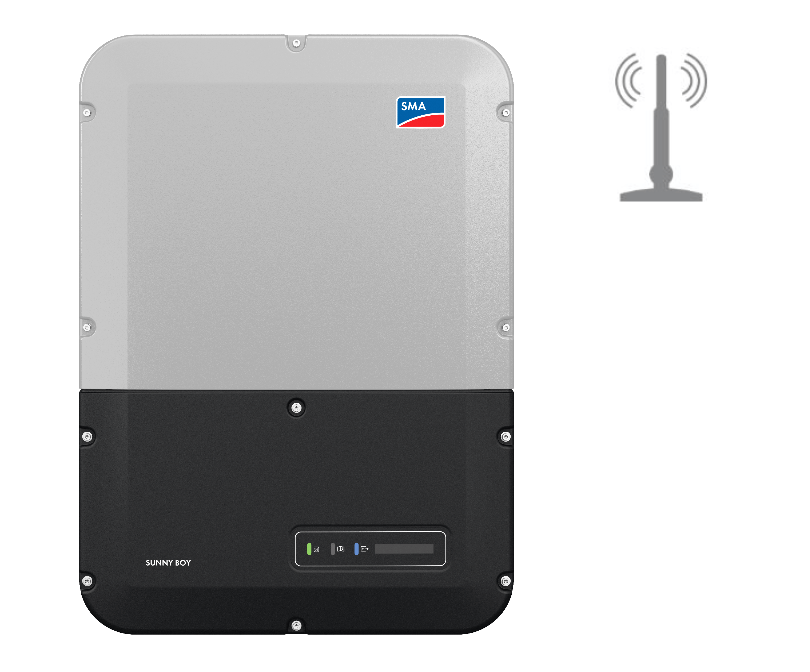Part 2: With SMA, Users Stay One Step Ahead in the Integration of PV Plants

In part one of our series, we described the challenges that arise with the growth and increased penetration of distributed energy systems. A viable approach to overcome these challenges is to improve the operation characteristics of the inverters.
Within the scope of the smart functionalities of photovoltaic inverters, some of the most important are related to operation in conditions of low and high frequency; these two contexts represent critical operating situations for the grid.
When there is a high level of power generation compared to demand, the natural frequency of the system increases gradually to the point where it exceeds the limits defined for the operation of most generators and interconnected devices; whereas ,when demand for energy exceeds the generation level the frequency falls rapidly below the limits established for grid tied operation. For this purpose SMA has developed intelligent string inverters that include the functions necessary to respond to these variations.
Sunny Tripower three-phase inverters and Sunny Boy single-phase inverters have a number of support features that implement proactive responses to grid requirements, for example:
- Anti-Islanding – Prevention of the creation of generation “islands” when the power grid fails.
- Fixed PF operation – The purpose of establishing a fixed power factors is to help compensate for loads and other DER systems that generate reactive power.
- Volt-Var Control – This function allows inverters to counter voltage deviations from the nominal voltage level (but still within normal operating ranges) by consuming or producing reactive power. The purpose of volt-var operations is to use DER systems to help maintain voltage levels within their nominal operating ranges.
- Freq-Watt control – It allows the inverters to counter frequency spikes by gradually decreasing active power generation. The purpose of Freq/Watt operations is to make DER systems reduce production in order to avoid contributing to the generation of higher frequency spikes.
- Ramp Control – The purpose of this function is to help smooth the transitions from one output level to another. Establishing the use of ramp control will help avoid sudden transitions and power quality problems resulting from voltage peaks or drops, harmonics and oscillations.
- Soft Start – After a grid interruption, when power is restored, the inverter will have to reconnect in order to restart power generation. If multiple inverters start producing power at exactly the same time, the grid could experience an acute transition that could cause instability and possibly voltage and frequency spikes. The purpose of this function is to improve these acute transitions by staggering the reconnection of the DER systems.
- Frequency Ride-Through
- Voltage Ride-Through
In the final installment of our three-part series, we’ll look at these last two functions and outline why they’re so important for the definition of operation ranges of the inverters.


Feel free to contribute!